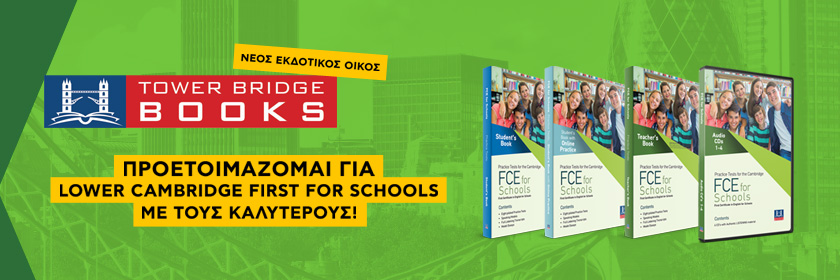Speeches, music, podcasts, and interviews can be highly engaging, accessible elements of antiracist lessons.
Educators are facing the intimidating reality of remote classrooms this fall; many are also looking for new ways to promote antiracism because familiar methods may have seemed more authentic, manageable, or accessible in an in-person classroom. We would like to offer some ideas for how humanities teachers, in particular, can use texts that use sound—podcasts, speeches, interviews, music, and the like—to integrate antiracist content into online classrooms.
Texts written with a sound offer a number of high-value benefits to a remote classroom, including being organically accessible to English language learners and students with learning challenges like dyslexia, as well as being simple and affordable. Working with sound also allows educators to teach necessary skills in new and exciting ways that invite both intellectual play and literacy with digital tools. However, while all of these features are important, one of the most essential things about sound texts is their capacity to promote antiracism in the classroom.
COMMUNICATING RESPECT FOR MANY VARIETIES OF ENGLISH
This is particularly evident when we note that many sound genres, most notably interviews, podcasts, and music, are most effective when they integrate the use of diverse varieties of English, code-switching, other languages, or accents: Many sound texts feature these culturally inclusive language usages in ways that respect, celebrate, and learn from all voices. When we ask our students to study speakers and texts using diverse varieties of English, we communicate respect for a wide array of cultures and backgrounds, affirming their scholarly and human value.
HUMANIZING DIVERSE VOICES
Additionally, reading and writing printed digital words can result in a dehumanizing experience for our students, as this can make it easy to forget the person behind the words. We see this in caustic comments on social media, online videos, or anonymous discussion boards. When working remotely, using sound texts helps students remember the people they are engaging with online, particularly when wrestling with the challenging and sensitive topics of antiracism. A sound is also a powerful tool for promoting antiracism because students are acutely aware of the individual author’s connection to the sound text.
Erin Anderson identifies the human voice as a unique and powerful sound because it is “produced by and emitted from the human body. Inevitably, when we hear a voice, we hear a body.” Sound as a mode has the unique ability to humanize the author and remind our students that they are part of a larger community.
ENGAGING EMOTIONALLY
The nature of sound, with its use of music, sound effects, and human voices, also encourages students to engage emotionally with the content of the text, promoting empathy and open-mindedness. The personal connection we want students to have with antiracism work in our classrooms becomes that much easier when they can emotionally connect with the texts. When we are not physically in the same room there to nurture that, sound texts do a lot of the heavy lifting for us.
GETTING STARTED WITH SOUND TEXTS
If you’re interested in using the mode of sound to foster antiracism in your own remote classroom, we’ve assembled a list of powerful sound texts in a variety of genres, all of which honour and empower Black voices and/or Black experiences. All of these texts meet some or all of the following qualifications, which we propose as guidance to help when choosing antiracist sound texts. The texts should:
highlight the history and accomplishments of different marginalized communities, recognizing that it’s important that we don’t show only struggles and pain;
be authored by members of the community explored in the text; and/or
feature diverse varieties of English, code-switching, accents, or multiple languages.
Not all of these selections in the list will work for each disciplinary classroom, but there should be something here for everyone.
PODCASTS
The New York Times’ “1619 Project, Episode 1: The Fight for a True Democracy”
Code Switch, “A Decade of Watching Black People Die”
The Daily, “The History and Meaning of Juneteenth”
AUDIO MEMOIRS
“The Bad Haircut,” by Alfonso Lacayo
“Ruby Bridges’ Influence,” by Valarie Walker
POETRY
Maya Angelou reading her poem “Still I Rise”
“3 Ways to Speak English,” by Jamila Lyiscott (spoken word poetry—explicit language, see 1:35–4:44 of NPR interview)
SPEECHES
Michelle Obama’s final speech as First Lady
Malcolm X’s “The Ballot or the Bullet”
INTERVIEWS
Excerpts from a 1964 interview between Martin Luther King Jr. and writer Robert Penn Warren
NPR interview with Ibram X. Kendi
AUDIO DRAMA
Episode 1 of Morgan Givens’ Flyest Fables: “Like Little Mice Mocking His Humiliation”
Episode 106 of Nightlight: “Daddy’s Home,” by Sharon Cullars
MUSIC
Billie Holiday singing “Strange Fruit” (violent content: only use this in addition to stories celebrating Black success and accomplishments)
Beyoncé’s “Freedom,” featuring Kendrick Lamar
Cynthia Erivo singing “I’m Here” from The Color Purple
The most important thing to remember when using these (and other) materials to foster antiracism in your remote classroom is that while many texts have the potential to be antiracist, the way in which educators teach and discuss the text—and the ways in which we conduct our classrooms—is where the meaningful change happens. Antiracism is much larger than anyone assignment or list of resources; it is a mindset and culture that must be intentionally and carefully promoted.
As many of us look to the reality of remote classrooms in this coming fall, we believe that the mode of sound is one of the most powerful tools at our disposal to promote an antiracist, empathetic, and relational learning experience for our students.
By Anne Mooney, Danah Hashem








